CBSE Class 7 Science Chapter 1 The Ever-Evolving World of Science Worksheet - Free Download
| Table of contents |

|
| Multiple Choice Questions |

|
| Fill in the Blanks |

|
| True/False Questions |

|
| Short Answer Questions |

|
| Long Answer Questions |

|
Multiple Choice Questions
Q1: What is the primary goal of science as mentioned in the chapter?
a) To memorize facts
b) To explore the world through curiosity and experiments
c) To study historical events
d) To prove theories
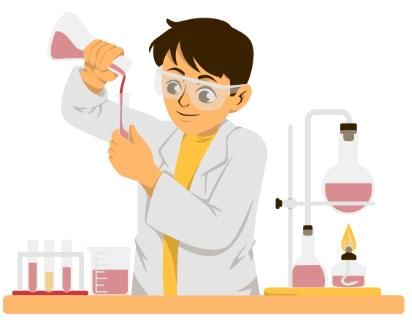 ExperimentingQ2: Which of the following is an example of a reversible change?
ExperimentingQ2: Which of the following is an example of a reversible change?
a) Burning of paper
b) Breaking of a rock
c) Melting of ice
d) Rusting of iron
Q3: What inspired the early scientific exploration of flight?
a) Observing the movement of the sun
b) Experimenting with electricity
c) Watching planes fly
d) Studying the wings of birds
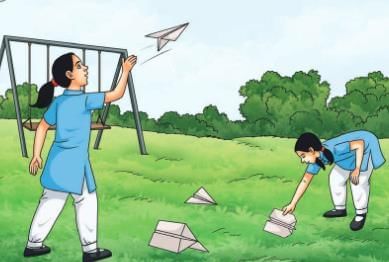 Exploration of FlightQ4: What does science help us do according to the chapter?
Exploration of FlightQ4: What does science help us do according to the chapter?
a) Answer only factual questions
b) Develop new technologies
c) Understand and explore the environment
d) Memorize important dates
Q5: What does the chapter suggest about human activities and nature?
a) They are not connected
b) They are linked and affect the environment
c) Human activities have no impact on nature
d) Human activities only affect animals
Fill in the Blanks
Q1. Science is not just about discovering facts but also about _______ curiosity and asking questions.
Q2. The process of light and shadows helped early humans to measure _______.
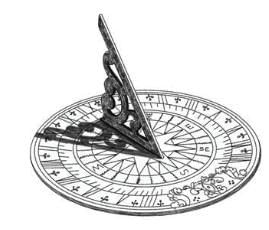 Measuring TimeQ3. Materials are classified based on their _______ such as conductivity or malleability.
Measuring TimeQ3. Materials are classified based on their _______ such as conductivity or malleability.
Q4. Animals breathe and circulate _______ to all parts of their body for survival.
Q5. The phenomenon of eclipses is caused by the _______ cast by Earth or Moon.
True/False Questions
Q1: Science is about memorizing facts and repeating them.
Q2: Human activities are connected to the natural world and impact the environment.
Q3: The chapter encourages only studying the properties of materials and not asking any questions.
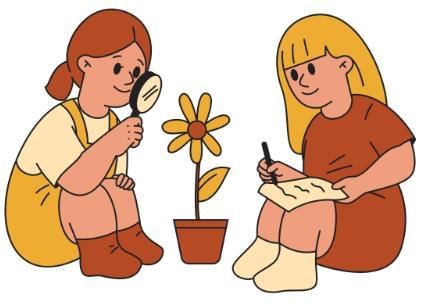 Science is about CuriosityQ4: The position of shadows in the Sun was used by early humans to measure time.
Science is about CuriosityQ4: The position of shadows in the Sun was used by early humans to measure time.
Q5: The study of light and shadows does not help in understanding the Earth’s movements.
Short Answer Questions
Q1. Explain how science is a continuous process of discovery.
Q2. What is the difference between reversible and irreversible changes?
Q3. Why is it important to step outside the classroom to learn science?
Q4. How do human activities link to environmental challenges?
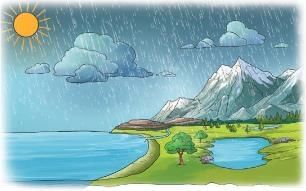 Our EnvironmentQ5. What role do light and shadows play in our daily life and in science?
Our EnvironmentQ5. What role do light and shadows play in our daily life and in science?
Long Answer Questions
Q1. Explain why science is considered both a process and a way of thinking.
Q2. Describe how different fields of science are interconnected and why this is important.
Q3. Why is hands-on learning through experiments and activities emphasized in science education?
Q4. Discuss the role of science in addressing environmental challenges and promoting sustainability.
Q5. How do light and shadows help us understand time and natural phenomena like eclipses?
For Worksheet Solutions, go to Worksheet Solutions: The Ever-Evolving World of Science
|
1 videos|107 docs
|
FAQs on CBSE Class 7 Science Chapter 1 The Ever-Evolving World of Science Worksheet - Free Download
| 1. What is the significance of science in our daily lives? |  |
| 2. How does scientific research contribute to technological advancements? |  |
| 3. What are some examples of how science has evolved over time? |  |
| 4. Why is it important for students to learn science in school? |  |
| 5. How can students stay updated with the latest scientific developments? |  |
















